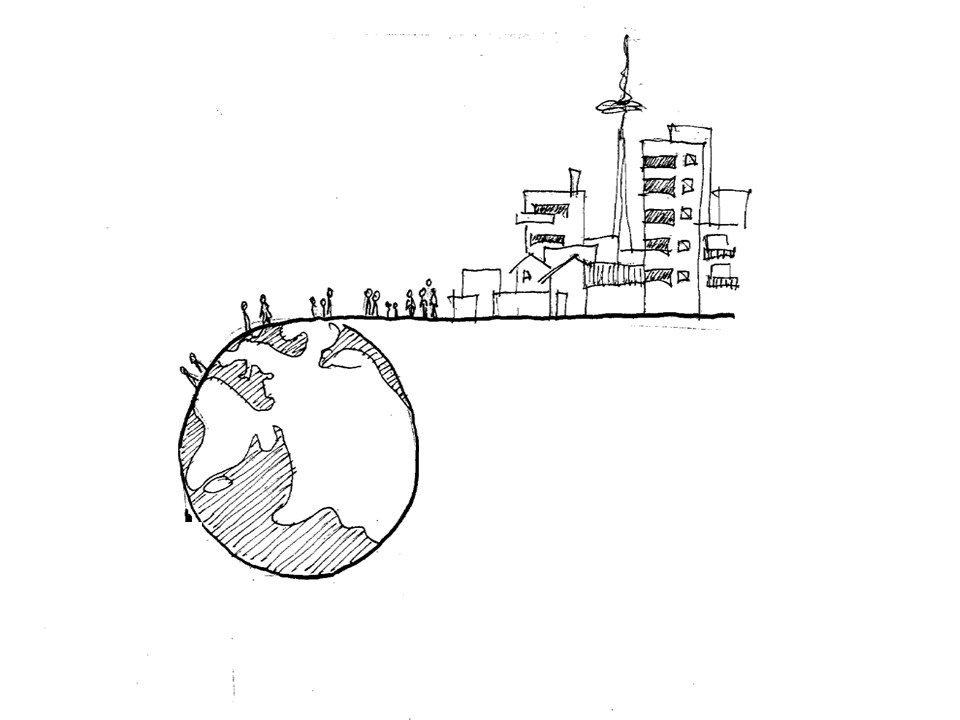As discussed in earlier sessions, many residents of informal urban settlements engage in informal livelihoods such as street vending, hawking, garbage collection, daily wage jobs as well as working in small scale informal businesses. In this session, we now investigate how many of these activities directly depend upon and are interlinked with the usage of space - whether space serves for the production and storage of goods to sell or is key to present and sell such products and services to potential customers. Either way, access to (public) space, mostly on the ground floor, is vital for such livelihoods to be entertained. Likewise, densely knitted social networks help those living in informal settings to cope with daily struggles to make ends meet. Again, spatial proximity plays a crucial role in being able to entertain these social ties. This session thus looks at how lives under informal conditions are sustained in space on a daily basis.
Session Reading/ Material:
